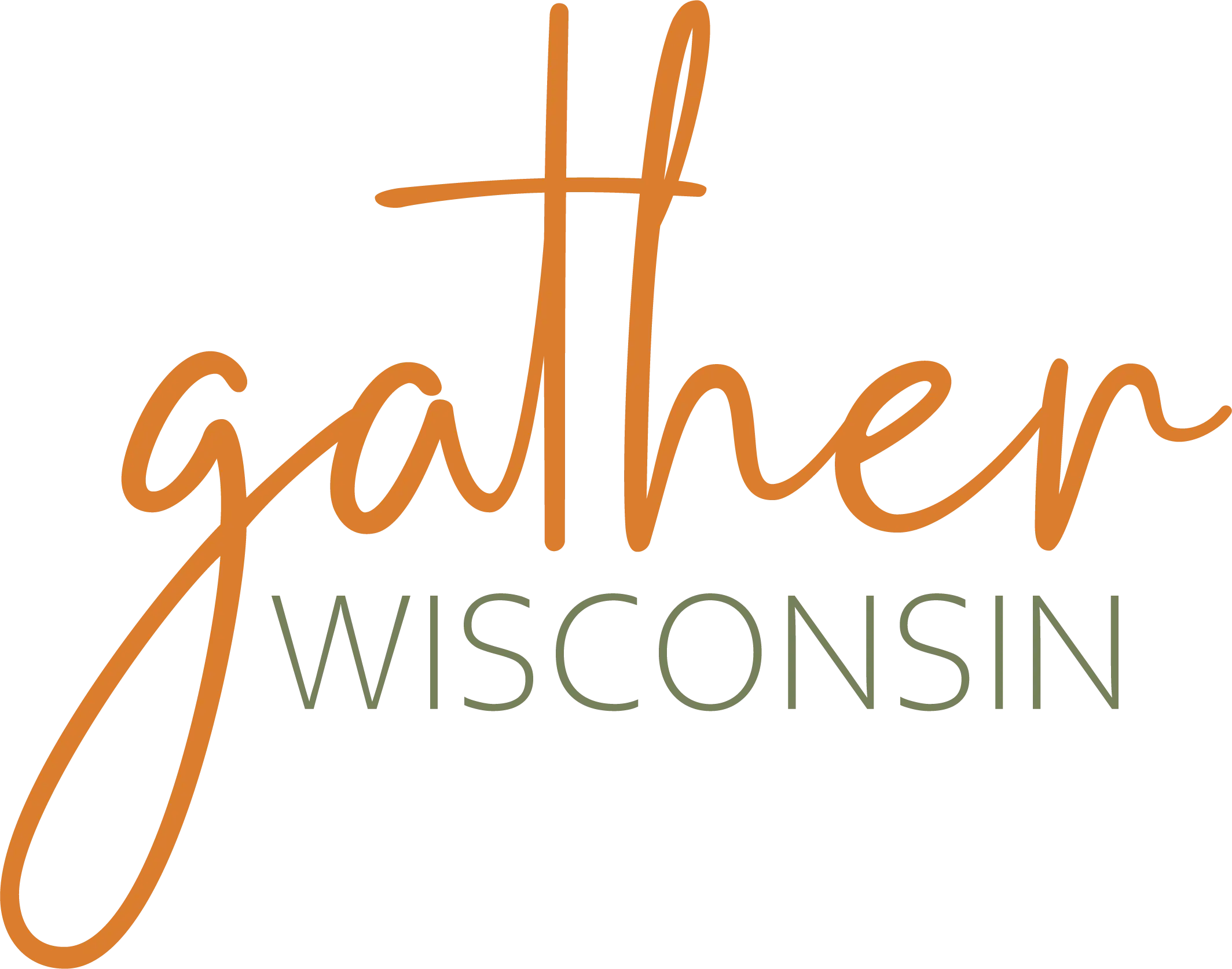As winter begins to fade away and daytime temperatures remain above freezing, sap from Wisconsin’s state tree, the sugar maple, will begin to flow.

Across our state, Wisconsin’s maple syrup producers will begin tapping their trees, collecting sap and bottling syrup. This annual tradition highlights the diversity of Wisconsin’s agricultural commodities and highlights an industry with ties to communities throughout our state.
I will soon be heading up to Amery to join the Wisconsin Maple Syrup Producers Association’s annual first tapping celebration! The event celebrates the beginning of syrup season in Wisconsin and the families who maintain and care for our state’s sugar maple trees. Having never seen the process in person before, I am excited to get my first glimpse at such a longstanding tradition.
Wisconsin sugar makers, as they are called, are patient; most trees are at least 40 years old before they are tapped! On average, the syrup season runs for four to six weeks, though this is entirely dependent on temperature.
The Syrup Making Process
Temperatures reaching into the 40s during the day and below freezing at night are optimal conditions for sap to flow. These warmer temperatures coax sugar maple trees into turning stored starch back into sugar. Sap is made as the tree mixes ground water with the sugar and will run heaviest for 10 to 20 days before tree buds begin to open. Ideally, each tree will yield up to 10 gallons of sap per season.
After the sap is collected, it is often put through a reverse osmosis machine to take a percentage of the water from the sap before boiling. Next, the sap is boiled. This step is essential in converting sap to syrup. As more and more water in the sap evaporates, the sap thickens and the sugar caramelizes.
The sugar maker will then test the syrup’s progress by looking for it to sheet or apron off the edge of a metal scoop. When it does this, the syrup is almost ready. The final steps are to filter the syrup, adjust the product for density, and grade for flavor and color. On average, ten gallons of sap will result in one quart of finished syrup.
Pure maple syrup is a natural, nutritious and delicious sweetener. According to the Wisconsin Maple Syrup Producers Association, abscisic acid (ABA), a compound thought to stimulate insulin release by the pancreas, naturally occurs in pure maple syrup.
Choosing pure maple syrup as an alternative to refined sugar can also add to the antioxidant content of a diet.

While natural variations will occur, on average, a four-tablespoon serving of maple syrup supplies the following daily requirements: 100 percent of manganese, 37 percent of riboflavin, and 18 percent of zinc.
When it comes to using nature’s original sweetener, think beyond just pancakes and waffles. This sweet Wisconsin treat is not just for breakfast anymore! Add natural sweetness to your next baking recipe, cup of coffee, marinade, salad dressing, or stir fry when you incorporate pure maple syrup. My favorite? Anything that combines pure Wisconsin maple syrup with real Wisconsin bacon.
To learn more about this sweet Wisconsin treat, visit wismaple.org.

